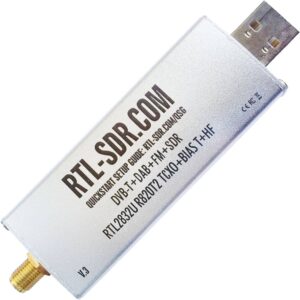 In verband met kerstmis zal er op maandag 25 december GEEN bijeenkomst zijn, evenals op maandag 1 januari.
In verband met kerstmis zal er op maandag 25 december GEEN bijeenkomst zijn, evenals op maandag 1 januari.
Op 8 januari 2024 zien we elkaar weer. Fijne feestdagen!
 In verband met kerstmis zal er op maandag 25 december GEEN bijeenkomst zijn, evenals op maandag 1 januari.
In verband met kerstmis zal er op maandag 25 december GEEN bijeenkomst zijn, evenals op maandag 1 januari.
Op 8 januari 2024 zien we elkaar weer. Fijne feestdagen!
 Aan de Hulsbergse repeater is een extra ontvanger toegevoegd in… Hulsberg! Enkele honderden meters verderop is de invloed van de zonnepanelen afwezig en kan een extra ontvanger ervoor zorgen dat er ook bij zonnig weer gebruik kan worden gemaakt.
Aan de Hulsbergse repeater is een extra ontvanger toegevoegd in… Hulsberg! Enkele honderden meters verderop is de invloed van de zonnepanelen afwezig en kan een extra ontvanger ervoor zorgen dat er ook bij zonnig weer gebruik kan worden gemaakt.
De ontvanger is een Raspberry Pi met een RTL-stick, simpeler kan bijna niet. Deze proef gaat een tijdje draaien om te zien of dit een setup kan zijn voor nog meer uitbreiding van het netwerk. Voor een paar tientjes per opstelplaats kan zo het bereik een stuk groter gemaakt worden.
Stay tuned voor de resultaten!

When you think of directional ham radio antennas, you probably think of a Yagi, cubical quad, or a log-periodic antenna. These antennas usually are in a horizontal configuration up on a high tower. However, it is possible to build beams with a vertical orientation and, for some lower frequencies, it is far more practical than mounting the elements on a boom. [DXCommander] shows us his 40 meter two-element vertical antenna build in the video below.
A typical Yagi is just a dipole with some slightly longer or shorter elements to direct or reflect the signal. A normal vertical, however, is nothing more than half of a dipole that uses the ground as the other half. So it is possible to create reflectors and directors with a vertical-driven element.
The exact lengths and the spacing are critical and may require a bit of experimentation. [Callum] has another video (below the first one) that explains the design and math behind it. We’ve also seen arrays that require multiple elements driven out of phase to get similar effects. Of course, that requires exact lengths of cables and, in general, more cable, too.
The idea is a lot like a traditional Yagi. At higher frequencies, those can be quite portable.